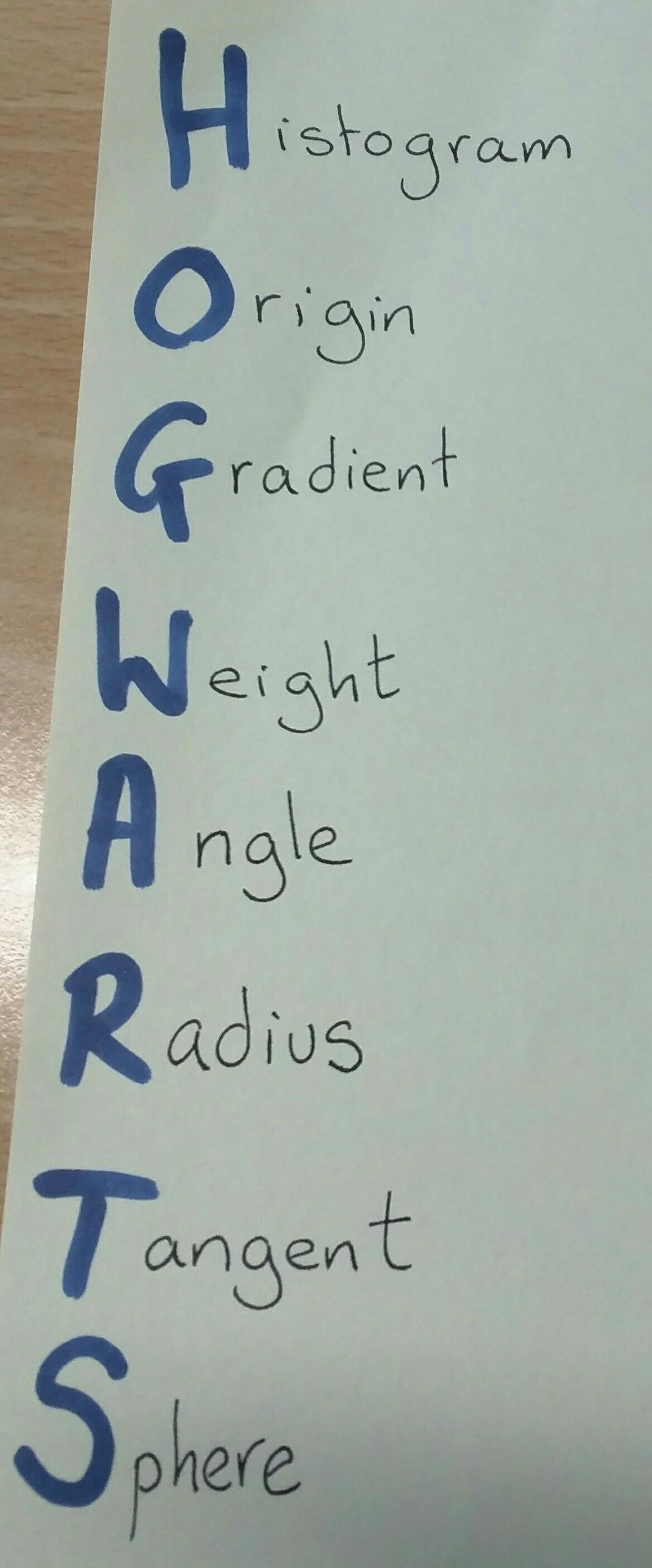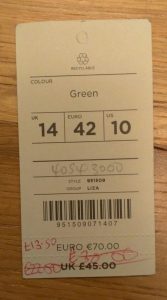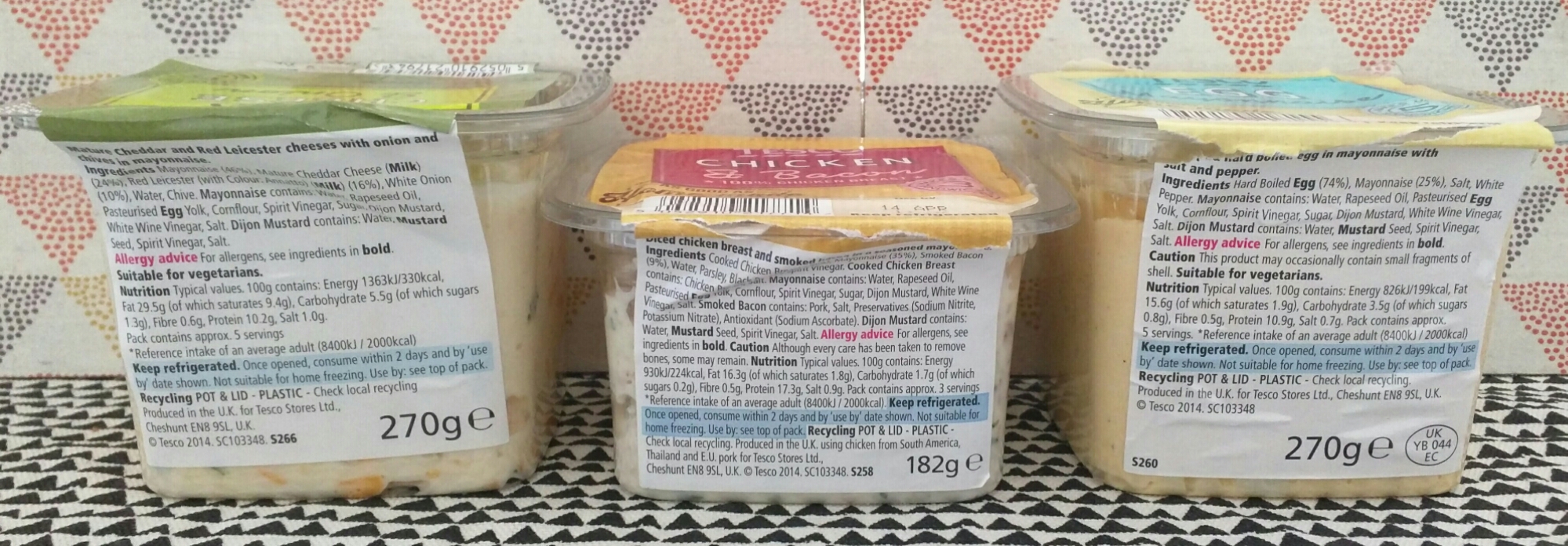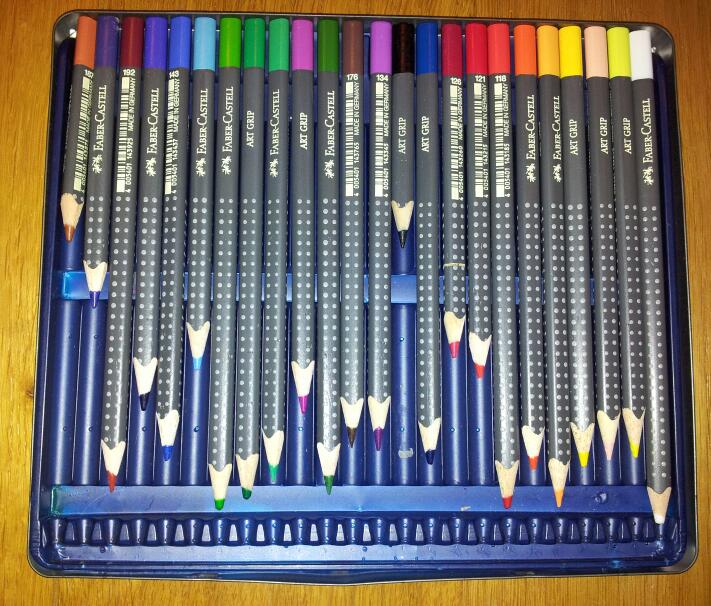The fabulous Mrs D (@mrsdenyer ) shared this forensics video, by crime scene analyst Matthew Steiner, on Twitter. At eight minutes in the presenter looks at blood spatter analysis. The use of basic trigonometry in a practical situation is a gift of a video for a starter in lesson.
My class were absolutely silent throughout and wanted to watch the whole video, however they may have just been trying to avoid work. I shared the video link with them via our digital classroom platform. We are now using blood spatter for 3D trigonometry examples rather then mobile phone masts. Gory, but effective!






